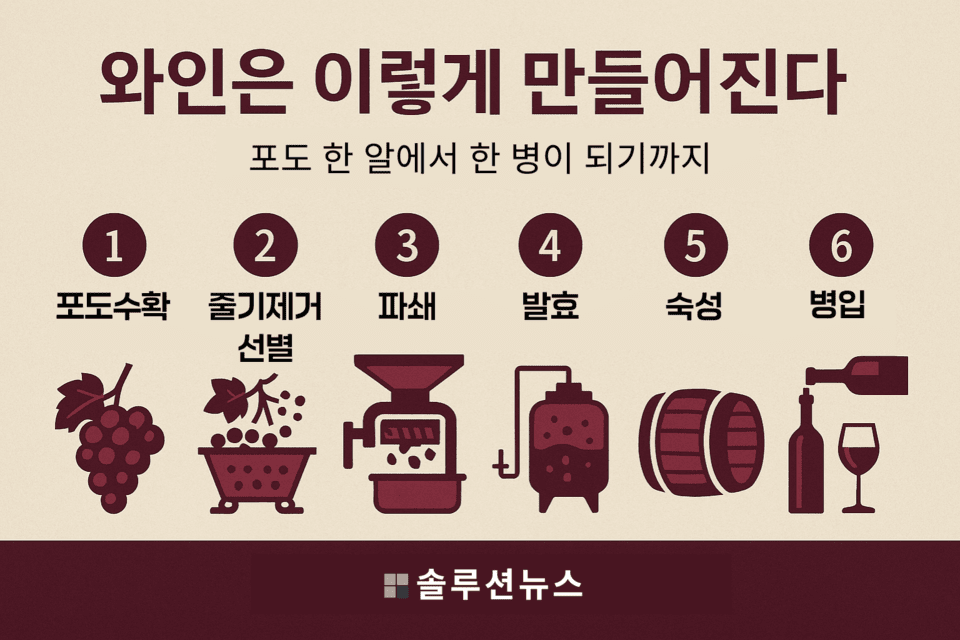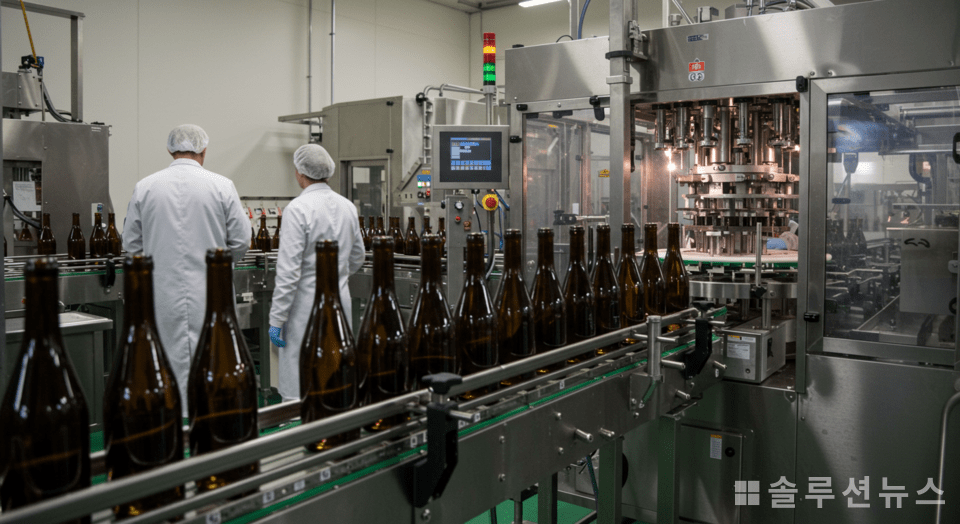The journey of a glass of wine to the lips involves numerous hands, time, and technology. It is not merely a beverage made by fermenting grapes but a product that combines agriculture, science, and art. Wine is perfected through a series of processes from cultivation to aging. Let’s follow the flow from a grape into a bottle of wine.
Good wine starts with good grapes. The quality of wine is influenced not only by grape variety but also by sunshine, rainfall, soil drainage, and mineral content. The harvest time is based on the balance of sugar, acidity, and tannins. If grapes are overripe, sugar content increases while acidity decreases; if underripe, the flavor is lacking. Harvesting is mainly done at dawn or early morning to prevent fermentation due to heat.
Once harvested, the grapes are immediately transported to the winery. The process of removing the grapes from the stems is done by machine. Low-quality or damaged grapes are discarded during sorting. It’s believed that more than half of the wine’s quality is determined at this stage.

After removing the stems and damaged grapes, the ‘crushing’ takes place. This process gently presses the grapes to break the skin, allowing the necessary juice for fermentation. From this point, the paths for red and white wines diverge.
White wines are immediately pressed after crushing to remove the skins and seeds, fermenting only the clear grape juice. This process preserves transparent and delicate aromas. Fermentation usually occurs at low temperatures between 12°C and 22°C.

On the other hand, red wines ferment with the skins and seeds intact. This process extracts pigments and tannins from the skins, forming its characteristic astringent taste and structure. Fermentation temperatures range from 20°C to 32°C. During fermentation, processes like ‘punching down’ to push down the skins or ‘pumping over’ to raise the wine are repeated to extract enough flavor and color.
After fermentation, the wine moves to the aging phase. Aging occurs in oak barrels or stainless steel tanks. Oak barrels add vanilla, spice, and smoky flavors to the wine. The aroma differs depending on the type of wood, such as French oak or American oak. In contrast, stainless steel aging maintains the inherent flavor of the grapes and is mainly used for fresh and clean-tasting wines.

The aging period varies based on the type and style of wine. It can last from several months to several years. Producers decide the bottling time after several tastings during this period.
The final step is bottling. The wine is filtered to remove impurities and placed in bottles. Some premium wines undergo additional aging in the bottle before being released. The bottle of wine facing the consumer embodies numerous selections, technology, and time over several stages.
Wine is more than a simple fermented drink. Understanding this flow from root to cork may change the perception of the weight of a glass differently than before.